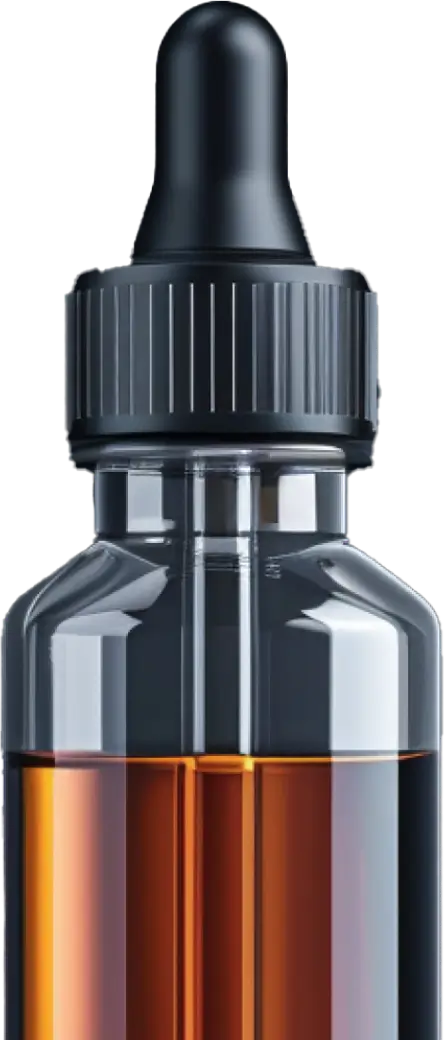- CDT carts contain cannabis-derived terpenes that restore the flavor and aroma lost during hemp extraction, mimicking the natural weed experience.
- Terpenes don’t cause a high, but they can enhance cannabinoid effects through the entourage effect, shaping how a vape feels.
- BDT carts use terpenes from other plants (like pine or lavender); CDTs are seen as more authentic but are pricier and less common.
- Avoid synthetic additives by checking for third-party lab tests and steering clear of vague terms like “natural flavors” on ingredient lists.
Hemp users are conditioned to see a string of letters and assume that a new cannabinoid has joined the party. For once, with CDT, that isn’t the case.
CDT is short for “cannabis-derived terpenes,” and CDT carts are cannabis products hosting them. These are hardly specialty products in the hemp world. Without added terpenes, users wouldn’t get the robust, earthy flavor that’s expected of any high-quality cannabis.
Processed hemp extract rarely contains terpenes. Volatile terps are lost during the extraction process, before the creation of semi-synthetic delta 8 carts or HHC carts. The only way to formulate aromatic, terpene-rich delta 8 vapes is through reintroducing CDTs.
Not every delta 8 product contains CDTs. While this is standard for most vapes, it’s unnecessary for edibles. Delta 8 gummies are flavored just like any other treat.
What are terpenes and why do they matter?
Let’s start with some important terminology and context.
Terpenes are organic hydrocarbon compounds that influence the taste, aroma, and effects of many kinds of plants. A handful of terpenes have been linked to potential therapeutic uses, such as myrcene and inflammation relief. They’re extracted from cannabis in the form of an essential oil.
Having said that, terpenes wouldn’t exist if they didn’t serve an evolutionary purpose beyond smelling nice. These aromatic substances help the plant ward off predators and attract pollinators. Releasing terpenes also prevents overheating, as in their aerosol form, they can produce water vapor and keep the plant cool.
The entourage effect describes the synergistic relationship between terpenes and cannabinoids. Each has its uses and interactions with the body’s endocannabinoid system, but teaming up can amplify or alter their individual effects. Many users claim the entourage effect amps up their highs and creates a more well-rounded experience. It’s just one reason why full-spectrum live resin is so beloved among marijuana users.
Sativa terpenes vs indica terpenes
While they’re a useful tool to give consumers a quick and simple idea of a product’s effects, the terms “sativa terpenes” and “indica terpenes”— or “sativa-derived terpenes” and “indica-derived terpenes”— are slightly misleading.
When a hemp product is advertised as containing indica terpenes, this doesn’t imply that the terps were extracted from an indica cannabis strain. Technically, true indica hemp doesn’t exist. All industrial hemp falls under the sativa umbrella. These “indica terpenes” may not be cannabis-derived at all, as we’ll explore later.
Let’s reframe a bit. Rather than containing indica-derived terps, the product has an indica terpene profile. Both the indica and sativa varieties of cannabis produce the same terpenes. The balance and concentration differ between strains, however, and certain profiles are more reminiscent, generally, of either sativa or indica strains. Manufacturers seek to replicate these profiles as accurately as possible.
What are CDT vape carts and oils?
CDT vape oil allows psychoactive hemp to mimic weed’s natural taste and aroma, despite the loss of fragile terpenes during manufacturing. Most hemp products, including all psychoactive options, are derived from modified CBD extract. Terpenes are lost early in production from applied heat and chemicals.
In contrast, marijuana oils are crafted by extracting and processing the bud’s natural oils. Trichomes, or the fine, translucent oil glands found on the leaves and flowers of mature plants, produce this terpene-rich resin. There’s often no need to add terps to the finished concentrate—but that’s not always true. Methods of extraction play a big role in terpene concentration, even in the case of marijuana.
Terpenes are chemically volatile and are lost through age and the elements, including heat or UV exposure. Production strategies involving high temperatures or chemical isolation destroy a good chunk of the plant’s natural terps— all of them in the case of distillation. This is an instance where marijuana manufacturers will also supplement the extract with terpenes.
Hemp works differently. In nearly every case, hemp-derived cannabinoids can’t be cost-effectively extracted from the plant. Trace byproducts like delta 8 THC and HHC exist in extremely low quantities. Instead, CBD is separated with solvents and modified into these cannabinoids in a lab, creating a semi-synthetic form of the desired cannabinoid.
A standard CDT hemp cart contains between five and fifteen percent terpenes. Any more and the oil would taste astringent, and may even result in a burning sensation for users. Unprocessed cannabis clocks in at around two to five percent, by comparison.
CDT carts vs BDT carts
Botanically derived terpenes, or BDTs, are natural terps extracted from non-cannabis plants. Pine, lavender, and chamomile are all plants packed with terpenes.
To answer the big question up front: no, CDT carts aren’t inherently superior to BDT. It’s occasionally argued that CDT carts are more “authentic.” After all, these terps are derived from the same plant as cannabinoids.
Although this reasoning makes sense on the surface, it doesn’t track when you consider that a given terpene retains all core properties, regardless of its origin. Limonene functions the same whether it’s derived from hemp or citrus. As long as the terp also exists in cannabis, you’re still getting essentially the same experience.
You’d be hard-pressed to find a true CDT cart. The majority of manufacturers don’t even report the source of every terpene in their product. While certain terpenes are abundant in cannabis, others are too scarce to extract directly. It’s far more likely that you’re vaping a cart with a mix of CDTs and BDTs.
Besides, a one-hundred percent CDT cart would be considerably more expensive for consumers.
CDT carts vs non-CDT carts
“Non-CDT” cart is too broad a term. Botanical and artificial terpenes both fit into this category. Depending on which we’re talking about, the safety and authenticity of non-CBT carts vary.
Except for those containing artificial terpenes, you’ll struggle to find a non-CDT cart that’s also non-BDT. Added terpenes are standard in the hemp industry.
CDT vs artificial terpenes
Artificial flavorings, whether they’re terpene adjacent or not, aren’t found in high-quality hemp products. Full-fledged synthetic terps and additives could even trigger inflammation or long-term lung damage. They aren’t going to provide the entourage effect or potential therapeutic perks, either.
Unlike artificial cannabinoids, FDA-approved food flavorings are available to manufacturers that are generally safe for ingestion, but not necessarily for inhalation. Hemp’s lack of regulations only complicates the issue. You don’t want an artificially flavored hemp cart if authenticity, taste, and safety are your priorities.
While BDTs and CDTs generally produce a smooth, subtle burst of flavor, synthetic flavorings are pungent and may overshadow the natural cannabis taste. In all fairness, brands that rely on lab-made additives to flavor their carts probably aren’t formulating oils with an appealing natural taste to begin with.
Check the vape product’s ingredient list for ambiguous phrases like “fragrance oil” or “natural flavors.” Either indicates that the oil contains synthetic flavoring or a terpene substitute. It’s best to avoid these types of hemp products.
Do CDT vapes get you high?
Excluding one, terpenes alone don’t bind to CB1 or CB2 receptors. Even the outlier isn’t intoxicating. You won’t get high off of a shot of pure terps, but that’s not what you’re consuming when you vape a CDT cart. You’re instead getting a blend of terpenes and one or more cannabinoids.
The psychoactive properties of a hemp cart rely on the cannabinoids it contains, not just the terpenes. All the same, terpenes can play a prominent role in the intensity and attributes of your high. That’s the entourage effect we discussed earlier.
A delta 8 cart containing an assortment of terpenes might get you higher than a pure delta 8 distillate, even if the distillate contains more delta 8.
Which terpenes are in CDT weed carts?
Depending on the profile or aroma a manufacturer is striving for, their choice of terps will differ. No cart contains every known terpene.
Over 20,000 unique terpenes exist in nature, so we can’t exactly cover all of them. Here are some of the most common ones in cannabis:
- Caryophyllene: Unique from the other terps we’ll discuss, caryophyllene has CBD-like effects and lies somewhere between terpene and cannabinoid. It interacts with several receptors in the body. One of them is CB2, to which caryophyllene is a selective agonist. Users claim that consuming caryophyllene-rich foods can take your high down a notch. Taste and aroma-wise, it leans woody, with a spicy kick.
- Linalool: Linalool may reduce symptoms of depression or anxiety, on top of its potential anti-inflammatory properties. Its flavor is citrusy and light, with a touch of sweetness.
- Pinene: Whether derived from cannabis, basil, or pine trees, pinene stands out for its fresh and refreshing flavor. There’s some notable crossover between the effects of pinene and linalool.
- Myrcene: Commercial cannabis strains are rich in myrcene, making up about twenty percent of the total terpene content in all weed. Myrcene is known for its hoppy flavor and musky aroma. There’s evidence that it may also work as a sedative, and could aid other cannabinoids in crossing the blood-brain barrier.
- Limonene: Limonene has a predictably tart, citrusy flavor. There are many studies corroborating limonene’s benefits. This powerful substance seems to possess anti-inflammatory, antiviral, and gastroprotective qualities, just to name a few.
Are CDT carts legal and where can you buy them?
There are no laws outlawing or permitting CDT carts based on terpene content alone. CDTs can still be subject to local cannabis regulations, where applicable.
Hemp-derived CDT carts containing less than 0.3% THC by dry weight are federally legal in the United States and have been since passage of the 2018 Farm Bill. However, individual state laws vary regarding sales of hemp-derived cannabinoids.
A product’s legality doesn’t necessarily speak to its safety. Always check for a certificate of analysis (COA) from the manufacturer, and buy from trusted retailers. Reputable brands get their products tested by a third-party laboratory, but no policies enforce this except in state-regulated dispensaries.
CDTs and BDTs can be found from a wide range of online and in-person retailers. Narrow down your search by focusing on specific profiles and their projected effects. Indica profiles tend to be more soothing, and sativa profiles stimulating or uplifting. Effects vary between users, however, and you may need to try out a few CDT carts to find the right ones for you.
President Trump promised during his election campaign to “save vaping," but his administration has undermined that goal at every turn.
The U.S. disposable vape market has grown to $2 billion in annual sales, although nearly none of the products are authorized by the FDA.
More than 30 bills that would impose severe restrictions vaping consumers’ product choices remain active in U.S. state legislatures.
The Freemax REXA PRO and REXA SMART are highly advanced pod vapes, offering seemingly endless features, beautiful touchscreens, and new DUOMAX pods.
The OXVA XLIM Pro 2 DNA is powered by a custom-made Evolv DNA chipset, offering a Replay function and dry hit protection. Read our review to find out more.
The SKE Bar is a 2 mL replaceable pod vape with a 500 mAh battery, a 1.2-ohm mesh coil, and 35 flavors to choose from in 2% nicotine.
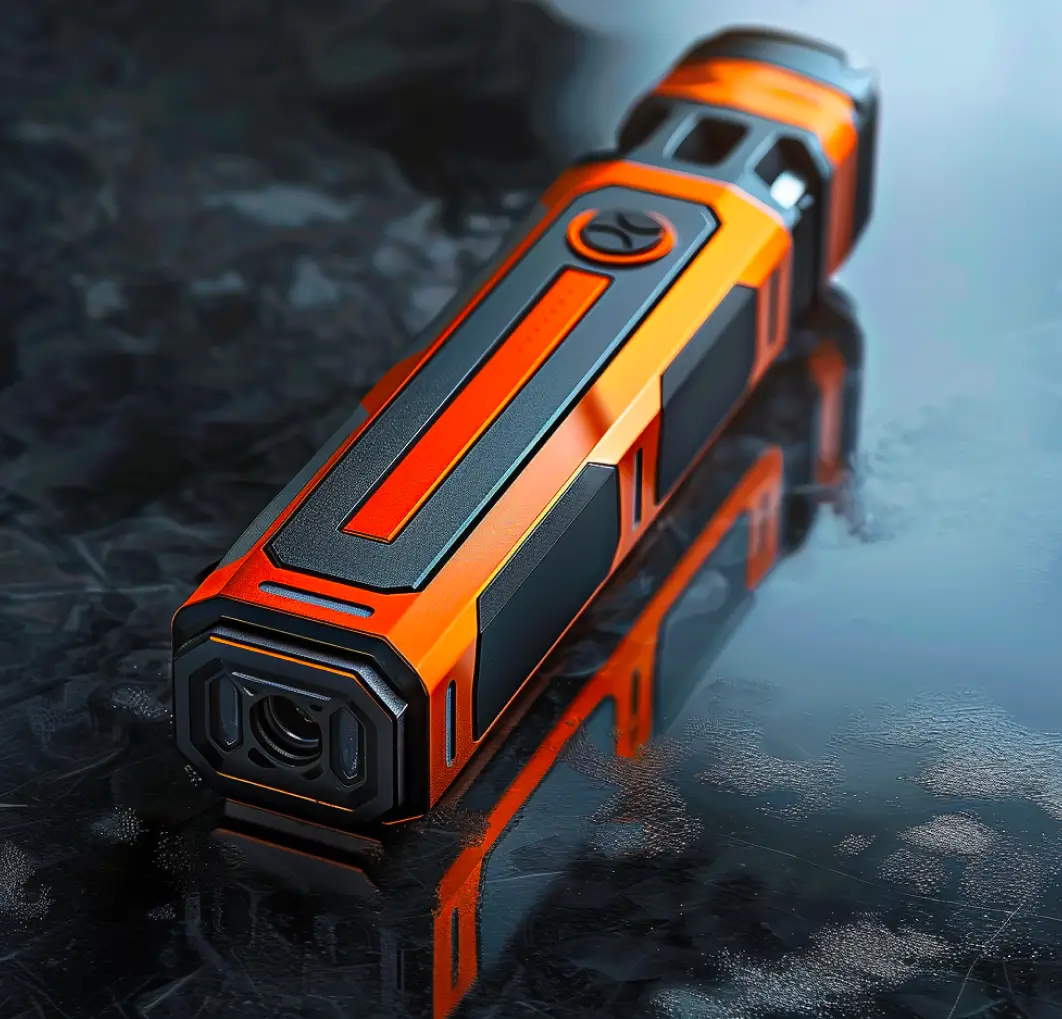
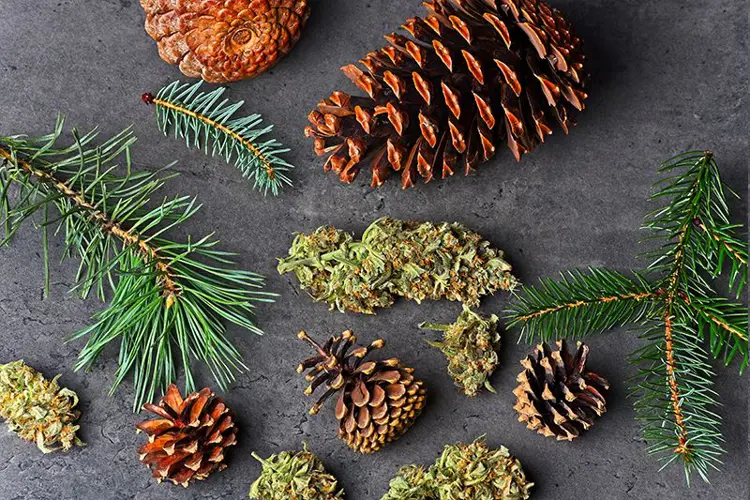
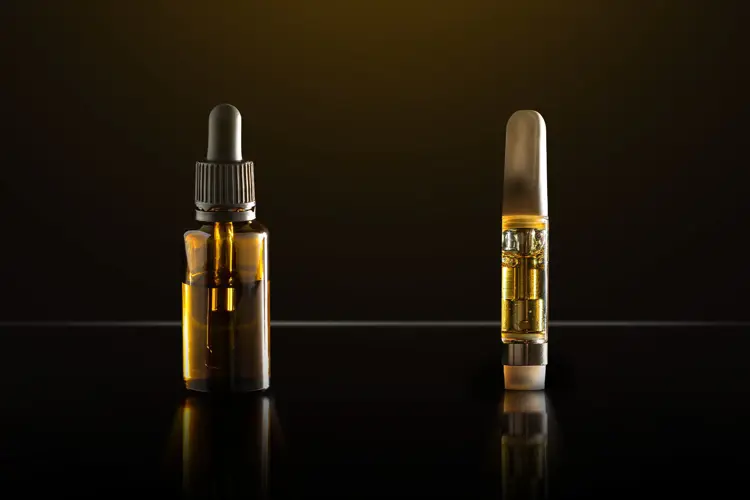
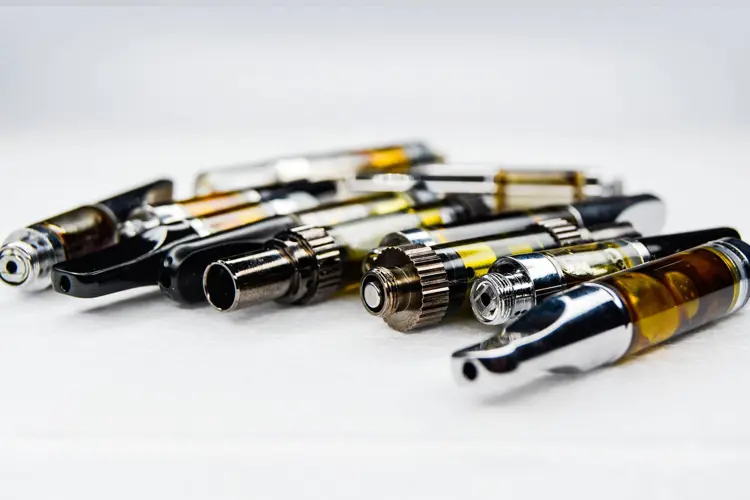
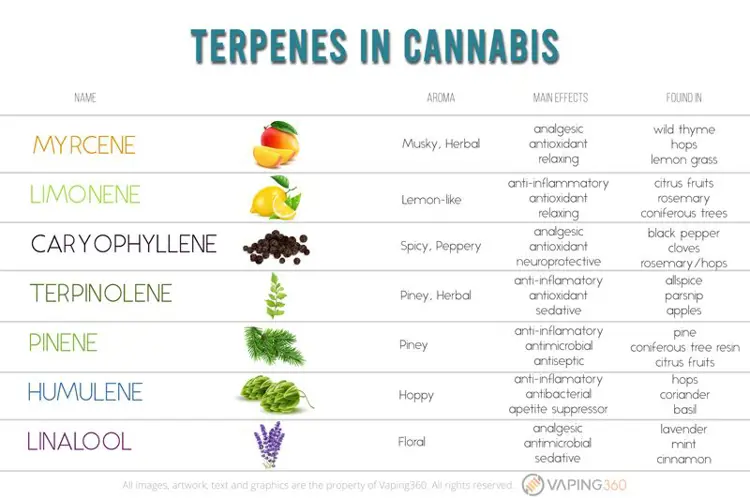

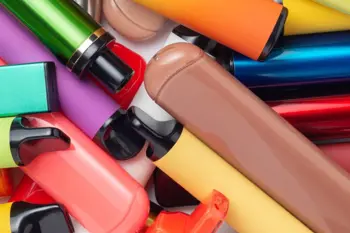

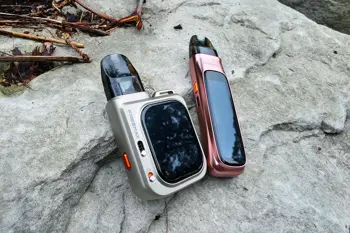

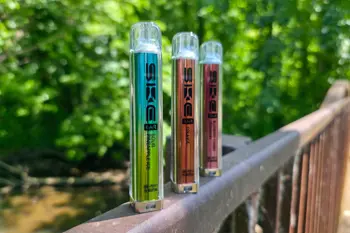
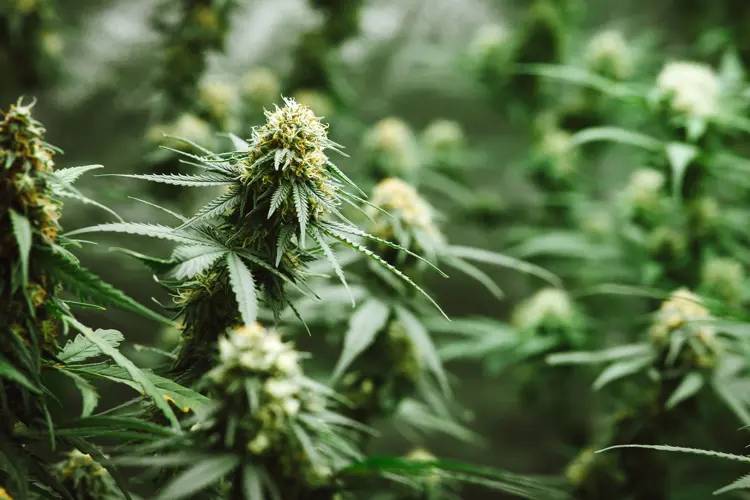

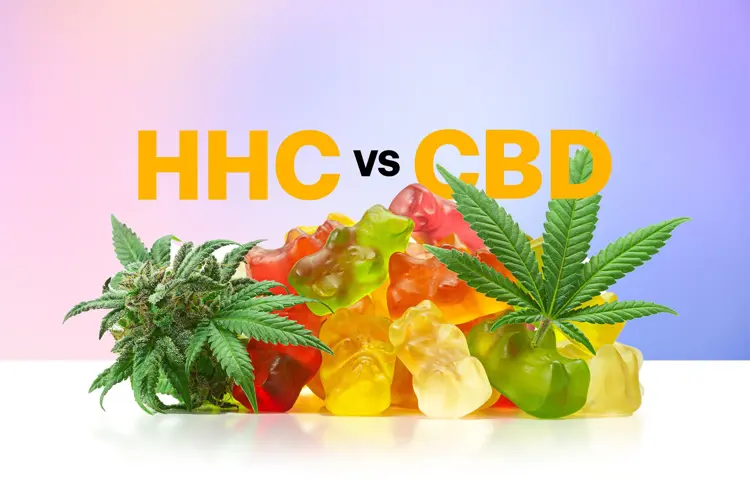
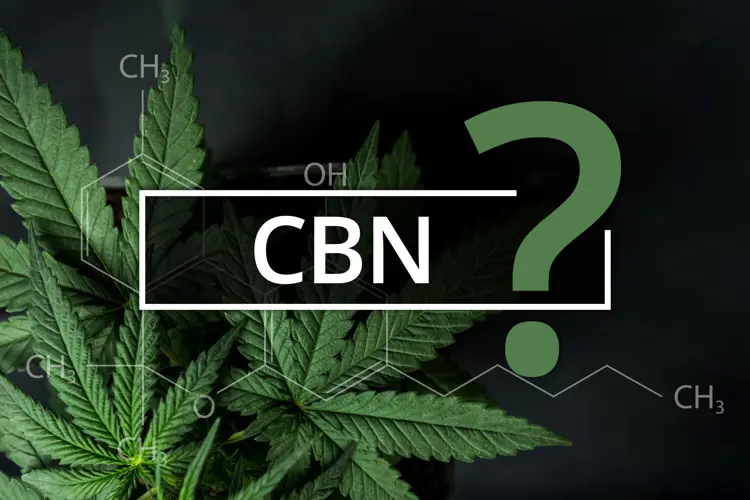
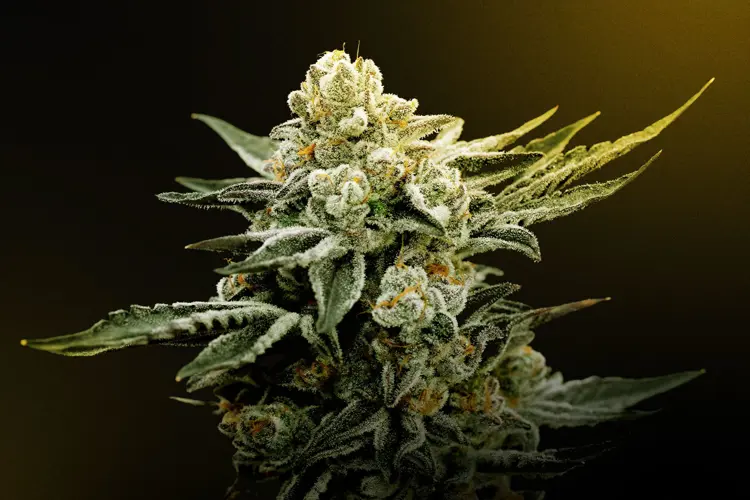
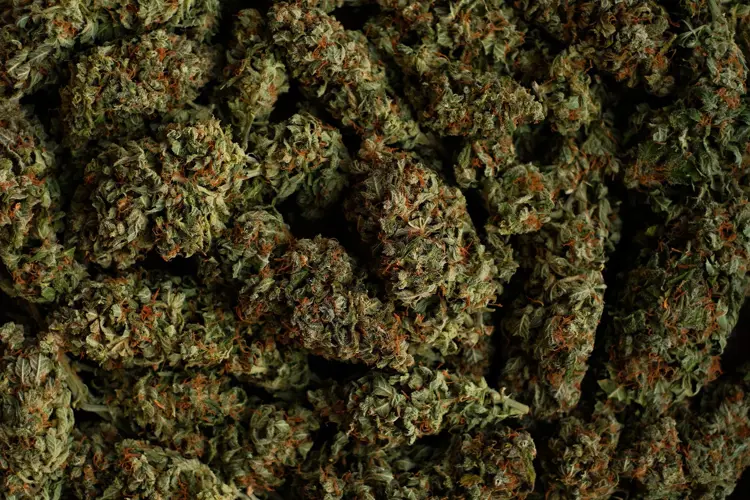
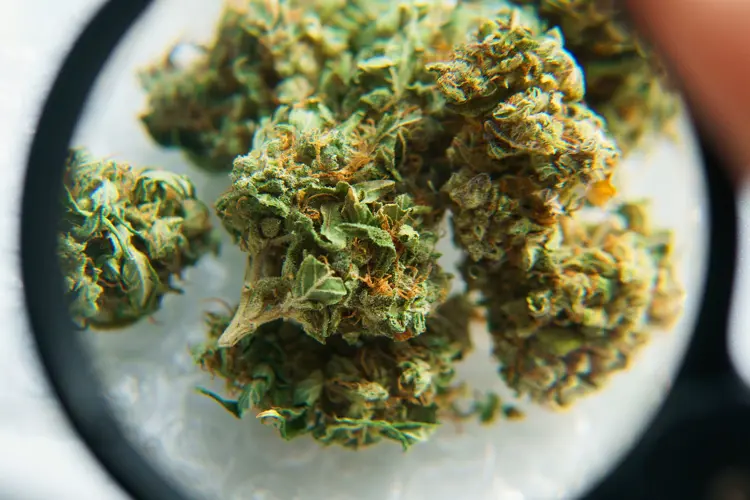
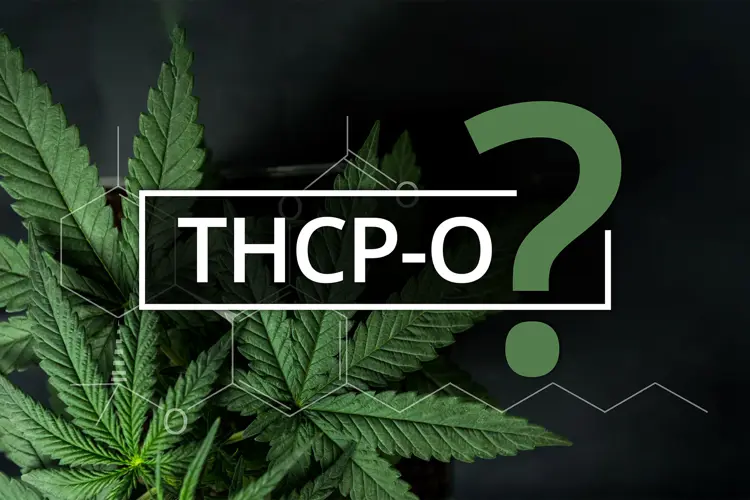
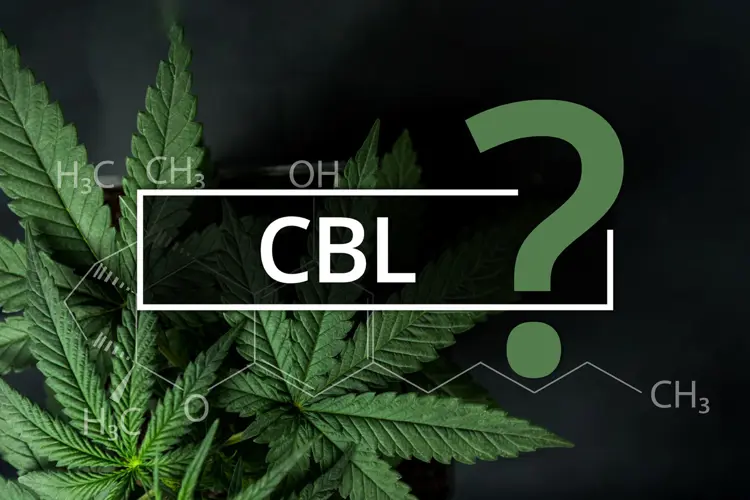
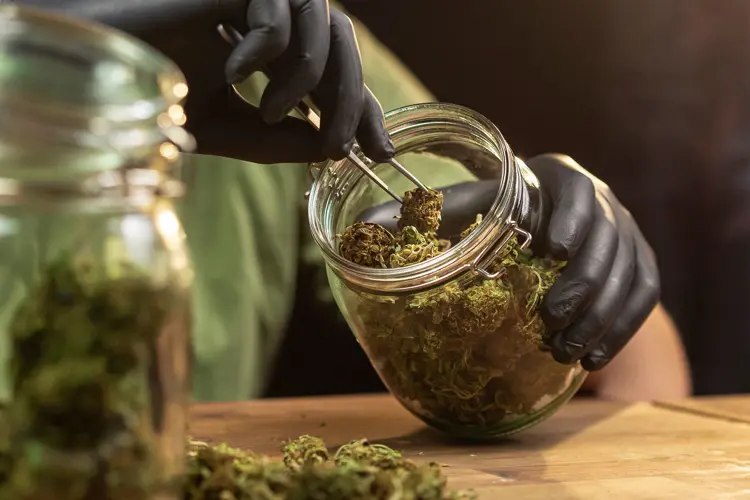

![Image for What Is THC-JD? Legality, Effects, Potency Explored [Update]](https://media.vaping360.com/images/what-is-thc-jd-thumbnail-20a40b517a.webp?imageType=Standard)
